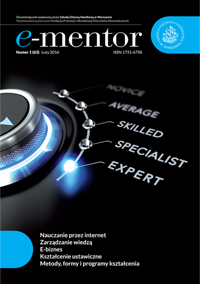3D printing makes virtual world more real for blind learners
3D printing makes virtual world more real for blind learners
Author(s): Michael A. KolitskySubject(s): Social Sciences, Education
Published by: Szkoła Główna Handlowa w Warszawie, Fundacja Promocji i Akredytacji Kierunków Ekonomicznych
Keywords: 3D printing
Summary/Abstract: Transition of the real world into the virtual world has been ongoing in online and on-ground classrooms and labs for many years. But the more the world goes virtual, the more difficult it becomes for those who are blind or visually impaired to participate fully in the learning process. The main thrust of this report is to explore how 3D printing and the use of conductive filament can begin to reverse that process by making 3D printed talking tactile learning objects that can generate audio when touched after being placed on the surface of an iPad or other tablet computer. Examples of talking tactile learning objects from STEAM (Science, Technology, Engineering, Arts and Math) disciplines will be presented with a focus on how the design of 3D printed STEAM learning objects can lead to a common learning object template model. The template can be designed to serve as a learning tool not only for a blind or visually impaired student but also can work as well for a sighted student or a teacher, aide or parent demonstrating how universal design principles can drive the learning object production process.
Journal: e-mentor
- Issue Year: 63/2016
- Issue No: 1
- Page Range: 65-70
- Page Count: 6
- Language: English

